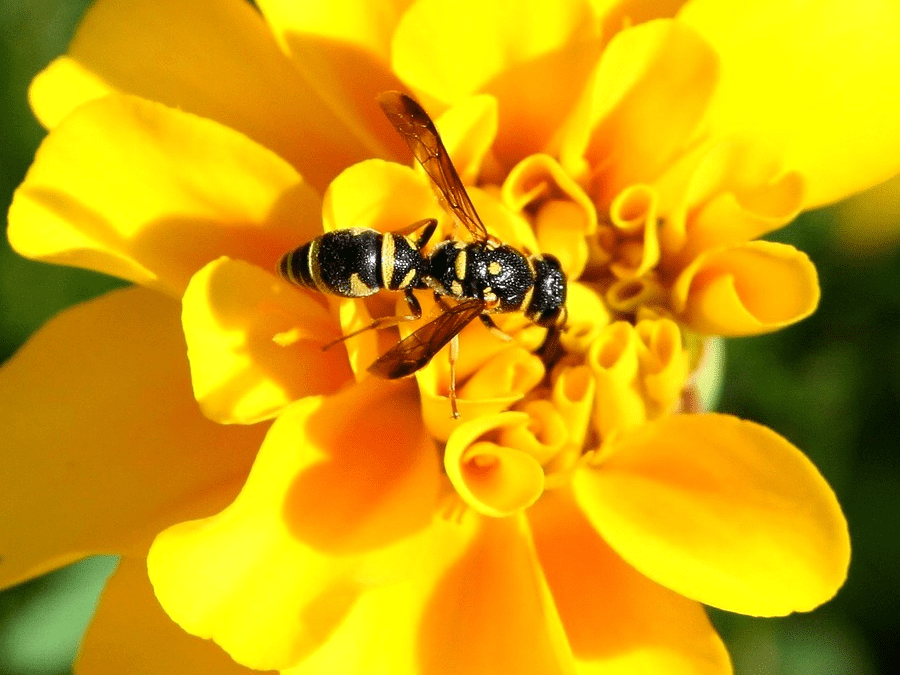Warmer weather and longer days give some pests in Eastern NC a chance to revive from a winter slumber. Among those reemerging insects are yellow jackets. The stinging insect disappears during winter’s cold months; but spring brings rebirth, and they’re eager to rebuild nests. Sometimes, their home is too close to ours.
What to Look For
Yellow jackets are roughly 10mm in length and have the classic black and yellow pattern across their bodies. Unlike bees, the yellow jacket has a thin waist, and their wings are as long as their bodies. A yellow jacket will nest closer to the ground, usually under decks, steps, between concrete, and often in small cracks on the outer edge of the house.
How’d They Get Here?!
Food smells usually attract a yellow jacket to the area. Whether it be on a grilling deck, a picnic table, or any outdoor food area, the food residue can attract yellow jackets.
Do They Sting?
Yellow jackets do sting, but only in protection of their nests. A yellow jacket is unlikely to seek you out and sting you, unless they feel their colony is threatened. Unlike most bees, a yellow jacket can sting several times.
Preventative Measures
Whenever you cook or eat outside, make sure the area is cleaned well leaving as little residue behind as possible. When disposing of waste, make sure garbage can lids are closed and placed a little distance from the house.
Reactive Measures
Do not attempt to remove a nest with a stick or a flying object. This agitates the insects while you are near them. They will feel the need to defend themselves. DIY sprays can help with small nests that are easy to reach. If you have larger nests, other safety concerns – or just don’t want to be stung – contact a professional to help you remove them.
Yellow jackets will continue to be around for most of the spring and summer months. So be on the lookout for those notorious black and yellow bodies. If you see them taking up residence near your family’s space, give us a call. A professional can help guide you in the necessary steps to keep your family and your home safe this summer.


Recent Comments